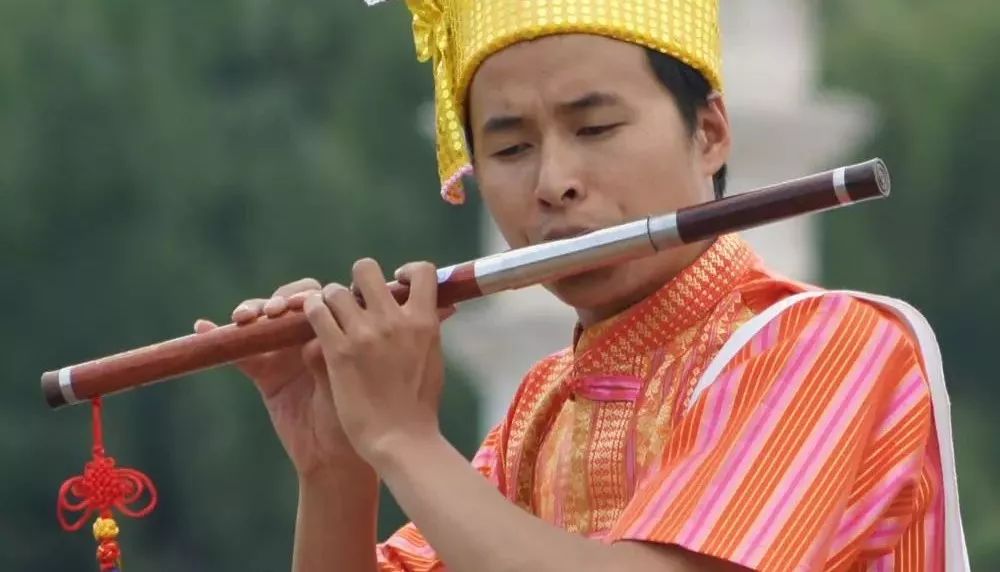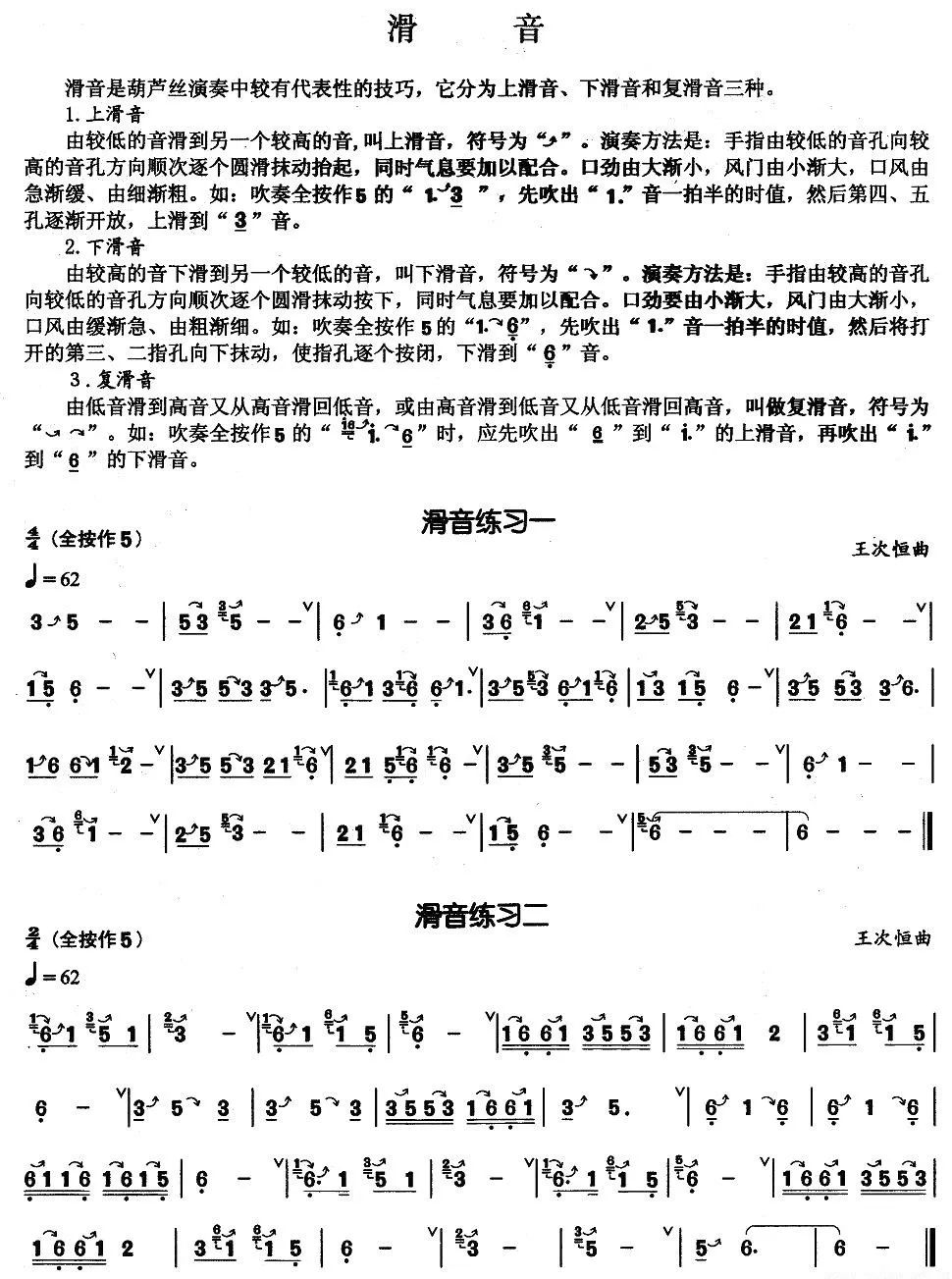Hulusi and Bawu glissando techniques are explained in detail, including sheet music
Portamento is a technique commonly used in the performance of Hulusi and Bawu. It is mostly used in beautiful, lyrical, witty and humorous pieces. This technique greatly enriches the expressive power of Hulusi and Bawu. Portamento can be divided into three types: upslope, glissando, and slur.
First of all, we will explain the performance of the portamento. The portamento is marked with an inverse parabola. The portamento slides from the bass to the high pitch. The method of playing is to move the finger from the bass to the treble and lift it up. We only need a sentence to play the slide up, and the finger is lifted from the direct lift to the high pitch. For the swipe to lift, the effect of the portamento appears naturally.
The glissando is opposite to the upward glide. From the point of view of the symbol, it is identified by a positive parabola. From the point of view of playing, it slides from the treble to the bass. The method of playing is that the fingers are gradually closed from the treble hole to the bass hole, that is, by directly closing It becomes gradually closed, and the glissando appears naturally.
Hulusi and Bawu are embellished with ascending and descending notes, which make the performance of the music more charming and distinctive. From a microscopic point of view, in the performance of Adagio, almost every note adopts the technique of portamento, the difference lies in the length of time it takes. In the teaching, I emphasized the feeling when the finger touches the sound hole, which is particularly important. It is an important factor in determining whether the music is beautiful or not.
The more difficult part of the portamento is the portamento that exceeds the fourth range, which requires close coordination of the fingers and requires a higher level of coordination and requires more practice.

Common portamento techniques
Portamento: The portamento of the bass 6 to 1 is that the index finger and middle finger of the right hand are pushed together at a 45-degree angle, then lift the finger and loop back to the original position. The breath gradually weakens in the process of pushing and wiping; the upward sliding of 1 to 2 is that the first joint of the left ring finger is gradually pulled back and the finger is lifted; the upward sliding of 2 to 3 is that the first joint of the left middle finger is gradually pulled to the upper left. Finger lift after full hole: The upward slide from 3 to 5 is the left index finger rubs the whole hole vertically and then loops back to the top of the original.
Glide: The glide of 5 to 3 means that the index finger of the left hand is first flat, pointing downward and slowly pressing down and then bending the first joint. In the process of smoothing, the breath is gradually strengthened; the glide from 1 to bass 6 is the index finger and middle finger of the right hand pressing down from the "1" sound together; the glide from 3 to bass 6 is the index finger and middle finger of the right hand. The ring finger and middle finger of 2 to 6 fall slowly; the index finger and middle finger of the right hand fall slightly slower than the ring finger of the left hand.
Key points for playing: The breath is gradually weakened when playing glissando, and the breath is gradually strengthened when playing glissando.

 渝公网安备 50010702504639号
渝公网安备 50010702504639号